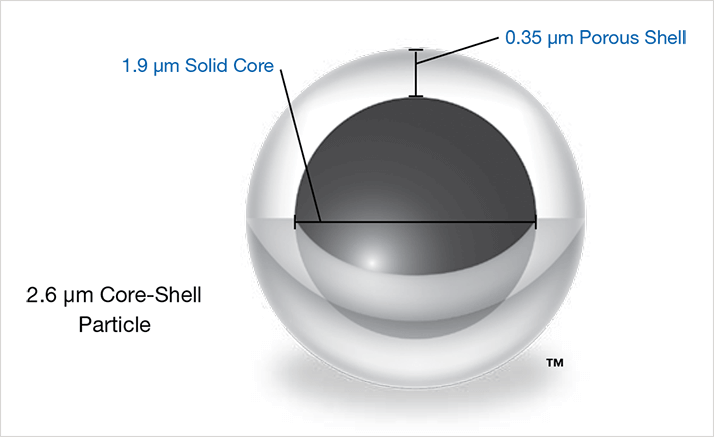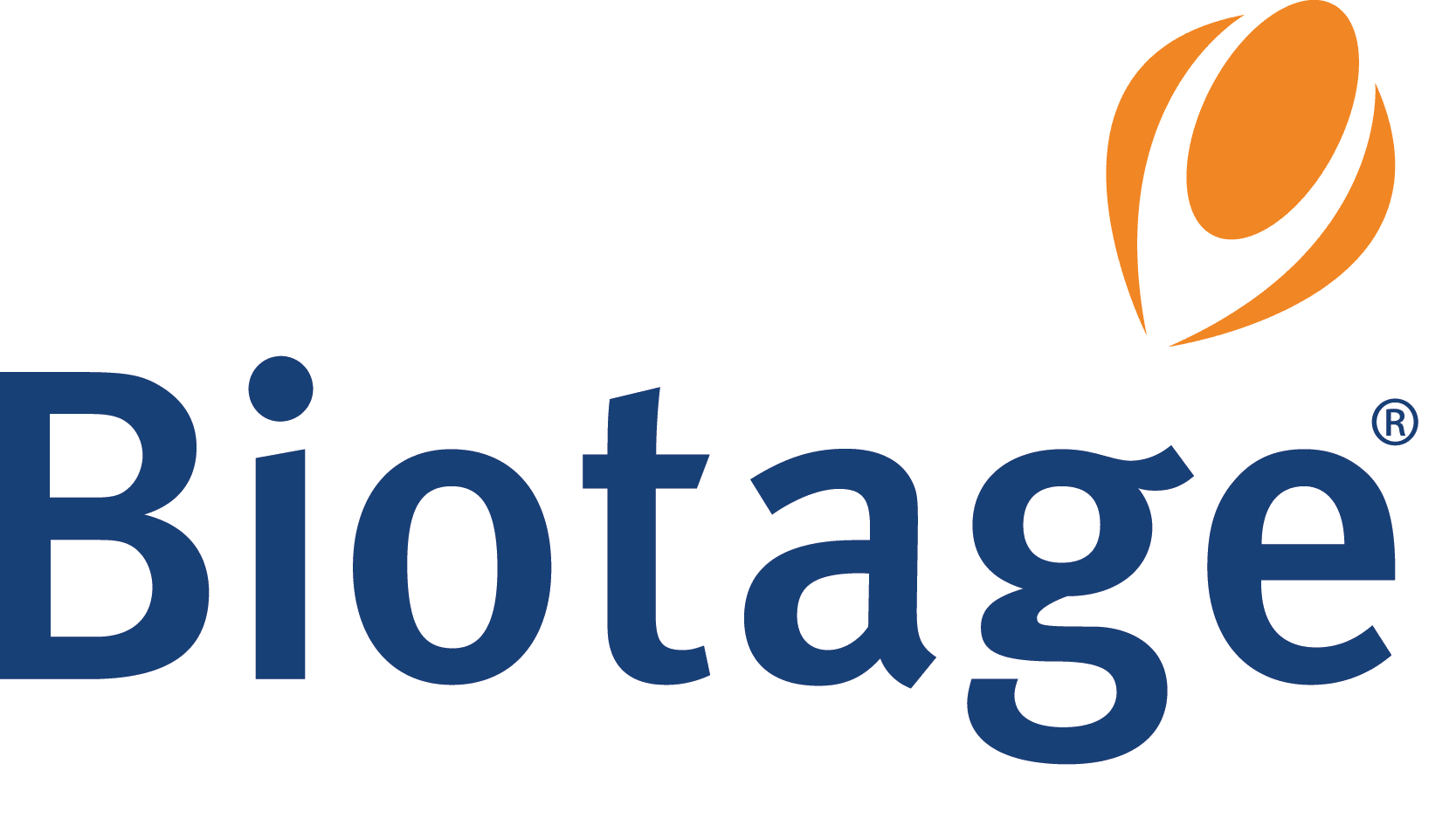Introduction
Kinetex 5 μm core-shell technology columns provide chromatographers a simple solution for dramatically improving the Performance of their methods developed on 5 μm fully porous columns. This newly introduced core-shell media delivers backpressures of a fully porous 5 μm particle at efficiencies equal to or better than a fully porous 3 μm particle. Without the need for extensive method development, replacing the fully porous 5 μm column with the Kinetex 5 μm core-shell column results in improved chromatographic Resolution and sensitivity. In addition, the lower backpressure can provide many benefits such as longer column lifetime, higher throughput, and increased system compatibility.
 TN-1133 APPLICATIONS
TN-1133 APPLICATIONSOver the last several years, UHPLC/HPLC columns that can provide previously unheard of column efficiencies, in excess of 250,000 plates/meter, have dominated the market. Smaller particle diameter (<2 μm) versions of the traditional 5 and 3 μm media based on fully porous silica are now widely available, but due to the inherent increase in pressure that accompanies this decrease in particle diameter, UHPLC systems capable of operating in the range of 600 to 1200 bar (9000 to 17,500 psi) must be used to fully realize the performance benefits of the columns packed with these sub-2 μm particles. More recently, 2.6 μm core-shell particles, which consist of a non-porous silica core surrounded by a thin layer of porous silica (Figure 1), have been introduced and widely adopted. These 2.6 μm core-shell particles can deliver UHPLC-like efficiencies and chromatographic performance, but in contrast to fully porous sub-2 μm silica particles, core-shell particle columns can be utilized on conventional HPLC systems. This can extend benefits of UHPLC performance to a wider audience without necessitating a major capital expenditure in new UHPLC systems. This technical note focuses on the most recently introduced 5 μm core-shell particle technology and the efficiency and resolution benefits it provides.
 Figure 1. Kinetex 2.6 μm Core-Shell Particle. Ratio (ρ) of solid core diameter to coreshell particle diameter remains the same for the new Kinetex 5 μm coreshell particle.
Figure 1. Kinetex 2.6 μm Core-Shell Particle. Ratio (ρ) of solid core diameter to coreshell particle diameter remains the same for the new Kinetex 5 μm coreshell particle.Materials and Methods
Unless stated otherwise, all chemicals and standards were obtained from Sigma Chemical Co. (St. Louis, Missouri). Standards for the analysis of paroxetine and its impurities were obtained from the European Directorate for the Quality of Medicines and Healthcare (EDQM). Solvents were purchased from EMD (San Diego, California). The Kinetex 5 μm XB-C18 and C18 columns were obtained from Phenomenex (Torrance, California). Non-Phenomenex brand columns were purchased from the original equipment manufactures as noted in the figures. The column dimensions and running conditions for the various assays are detailed in the figure captions. Chromatograms in Figure 3 were obtained using an Agilent® 1200SL HPLC system equipped with a micro flow cell. Chromatograms for Figures 4 and 6 were obtained using an Agilent 1100 HPLC system equipped with a standard flow cell, and chromatograms in Figure 5 were obtained using an Agilent 1100 HPLC system which had been optimized to reduce extra-column dead volume. Data was collected using ChemStation software (Agilent, Santa Clara, California).
Results and Discussion
We have recently released a core-shell media, Kinetex 5 μm, which generates the same backpressure as traditional fully porous 5 μm columns (Figure 2), while providing chromatographic efficiencies in the range of 180,000 plates/meter. This is about 2x greater than the typical efficiencies achieved with fully porous 5 μm columns (ca. 100,000 plates/meter, Figure 3) and comparable to the efficiencies attained with fully porous 3 μm columns (ca. 160,000 plates/meter, Figure 3). Thus, the new Kinetex 5 μm media is able to deliver efficiencies that are as good, or better, than fully porous 3 μm media at the typical operating pressures of a 5 μm column. The Kinetex 5 μm core-shell particle is scaled up directly from the original Kinetex 2.6 μm core-shell particle, maintaining the same ratio of core diameter to core-shell particle diameter (ρ = 0.73).





